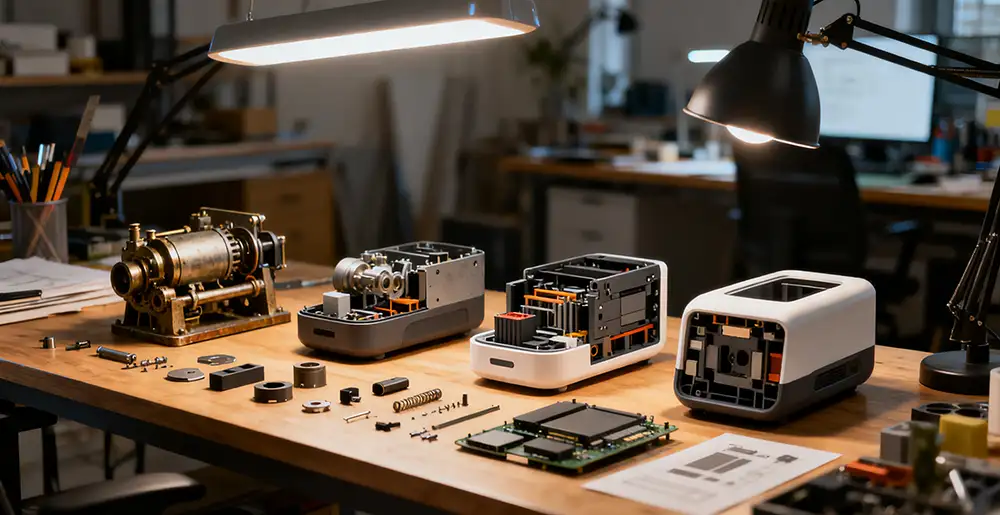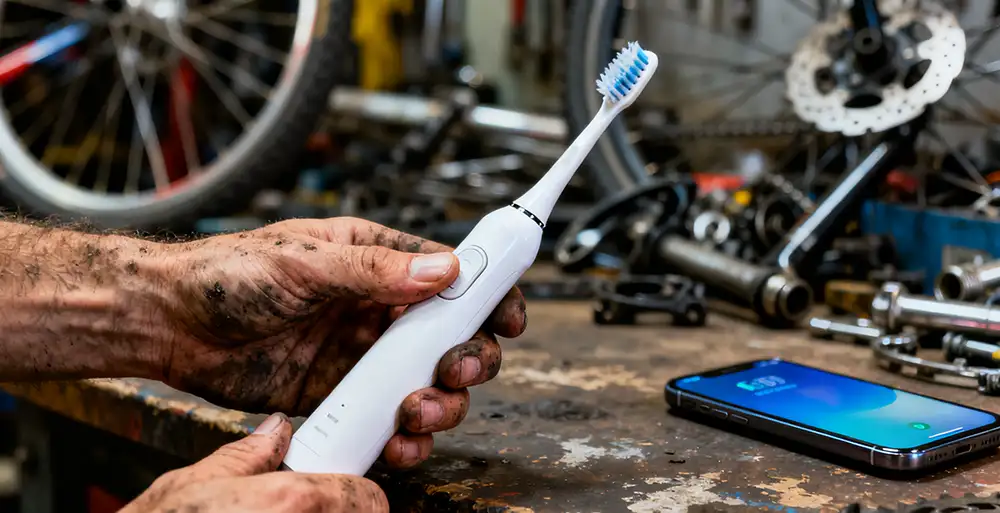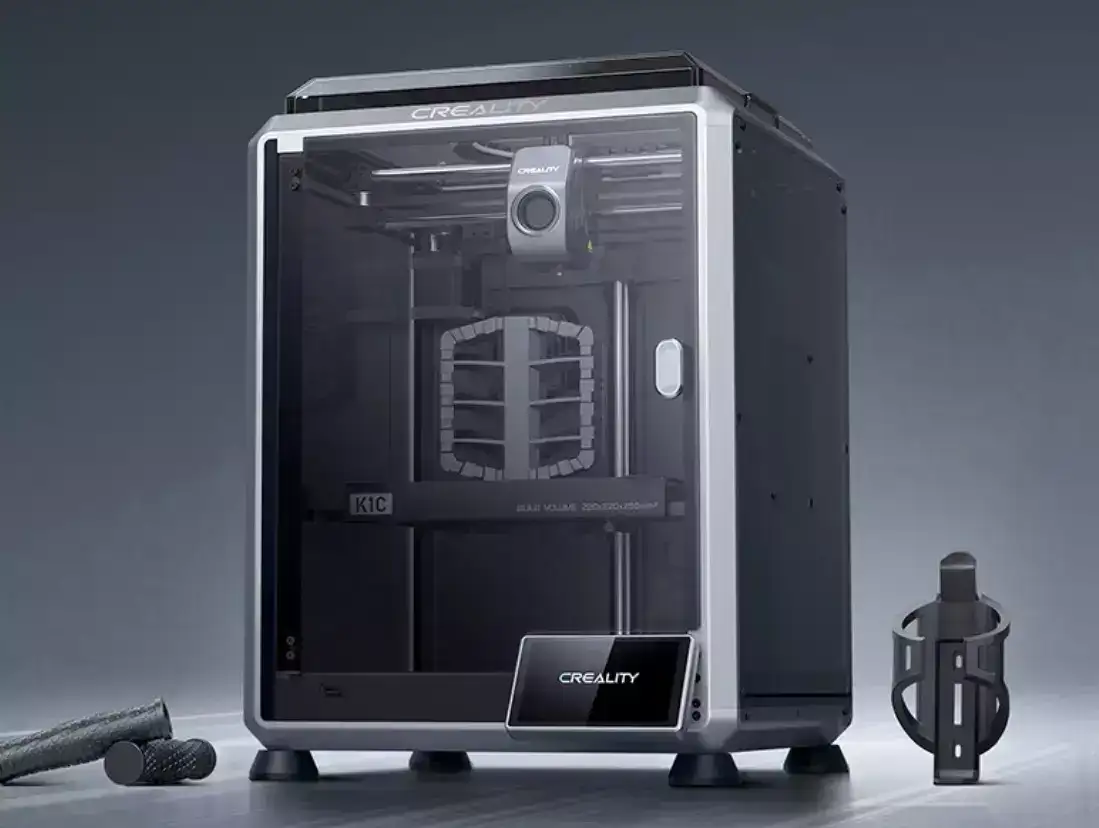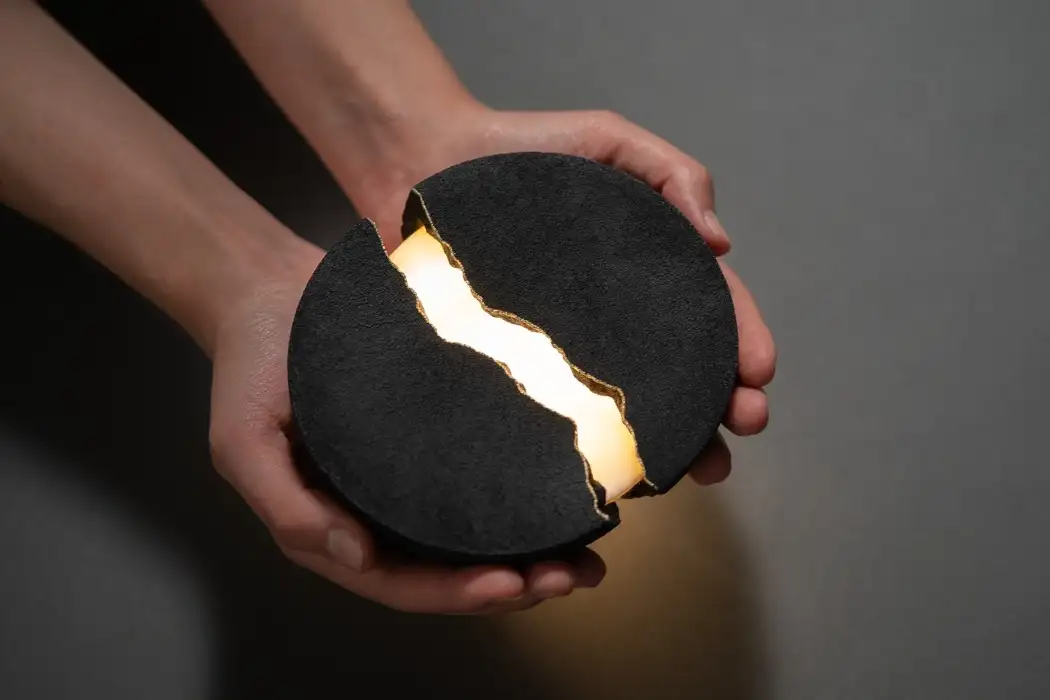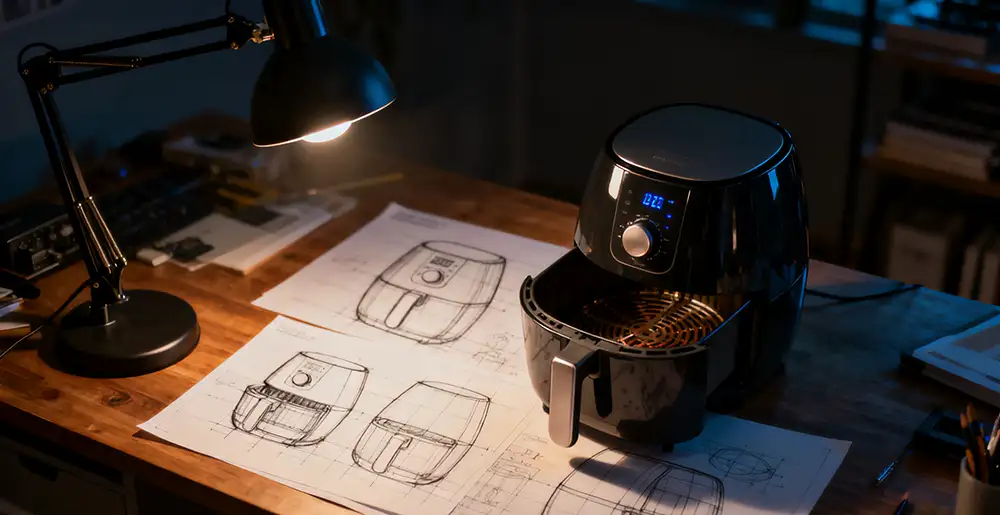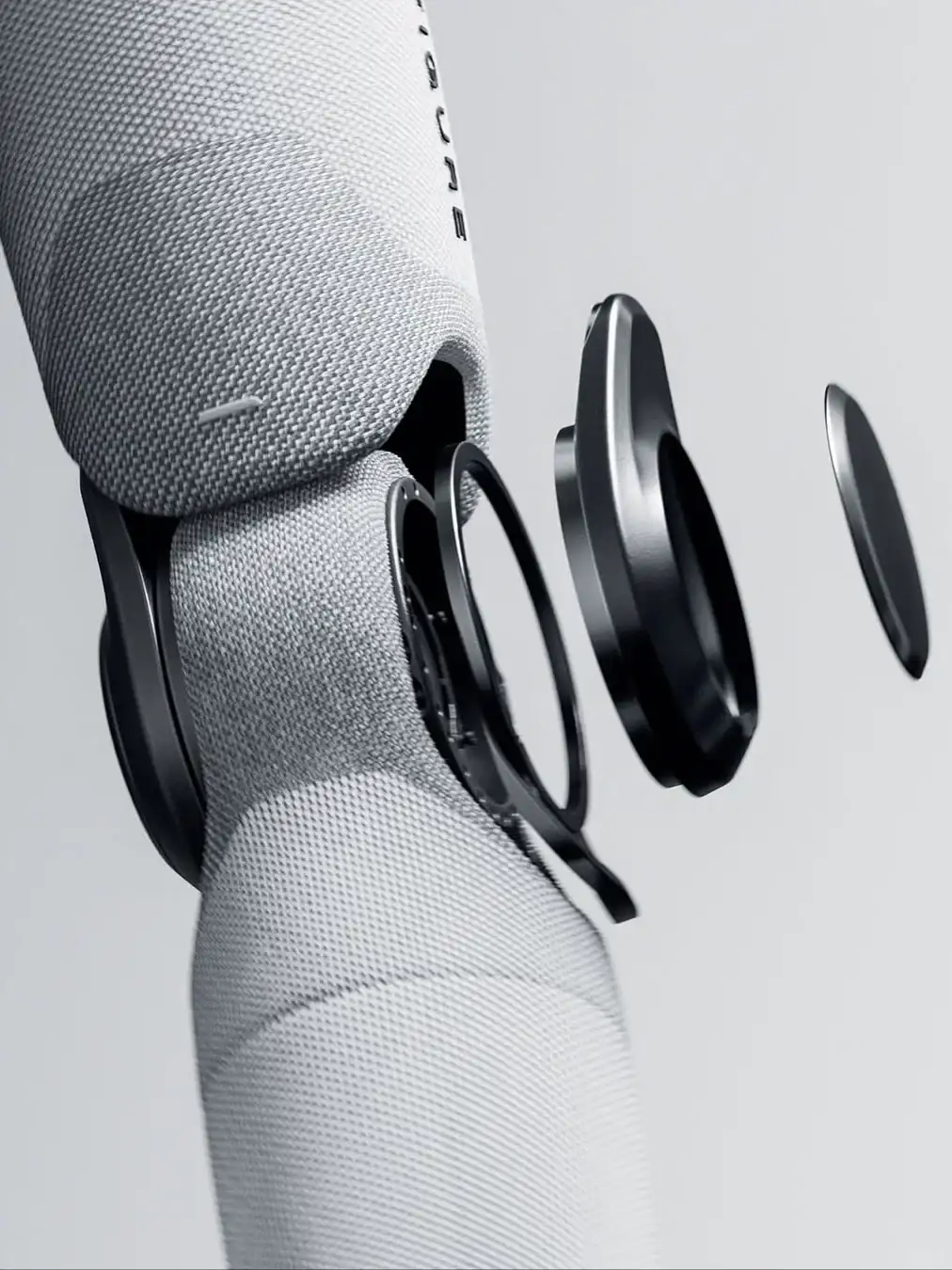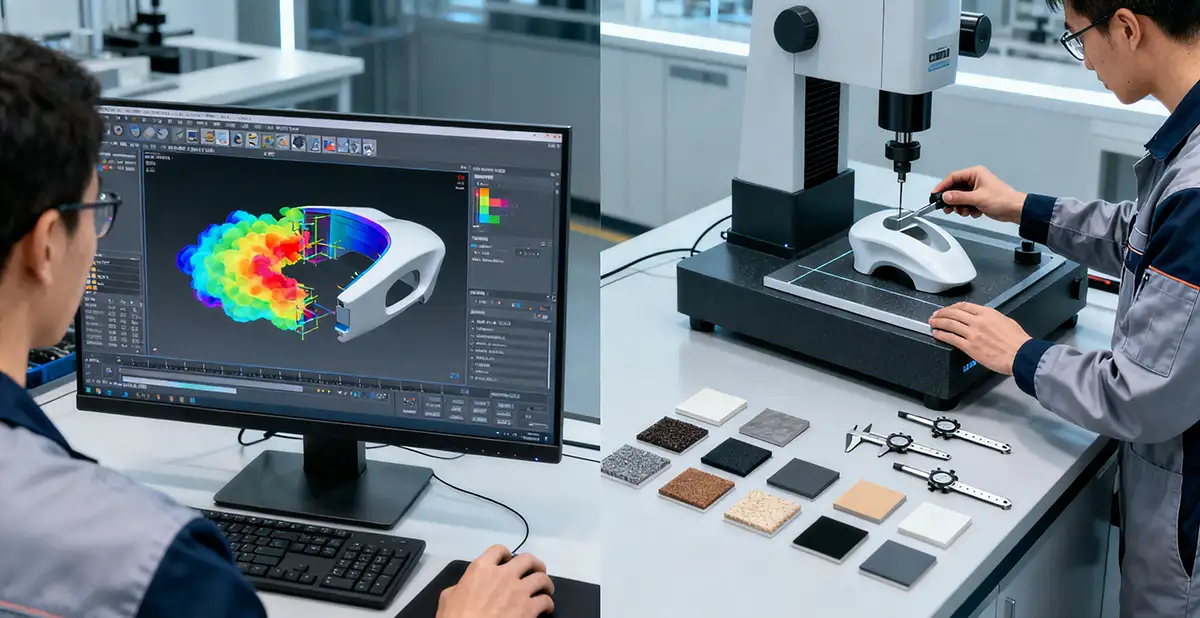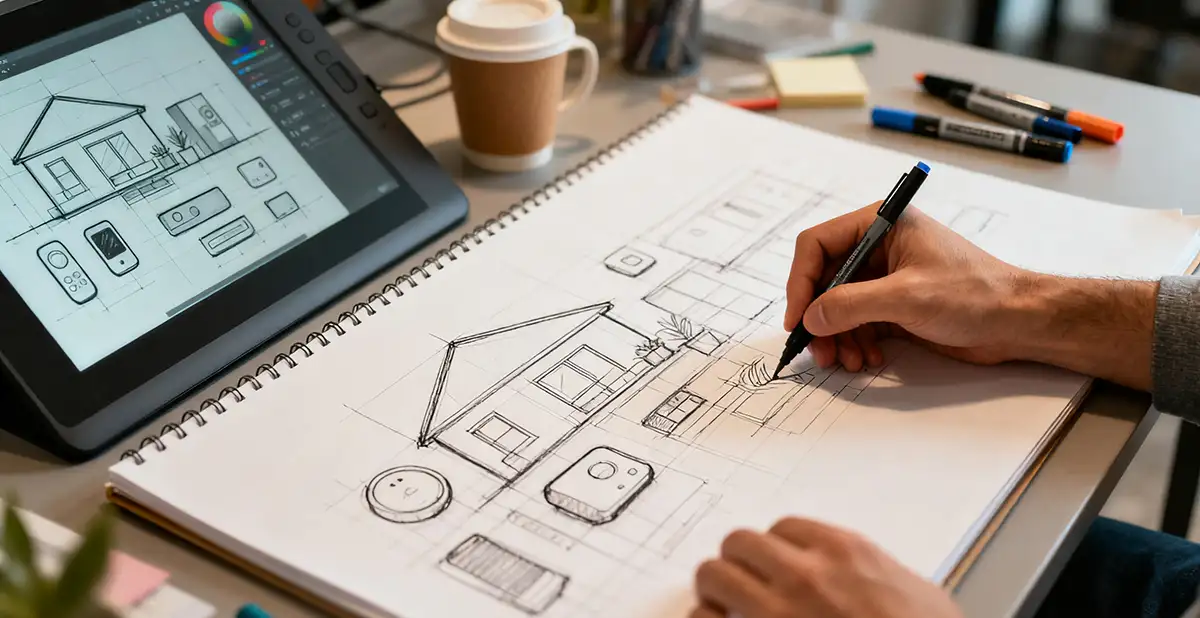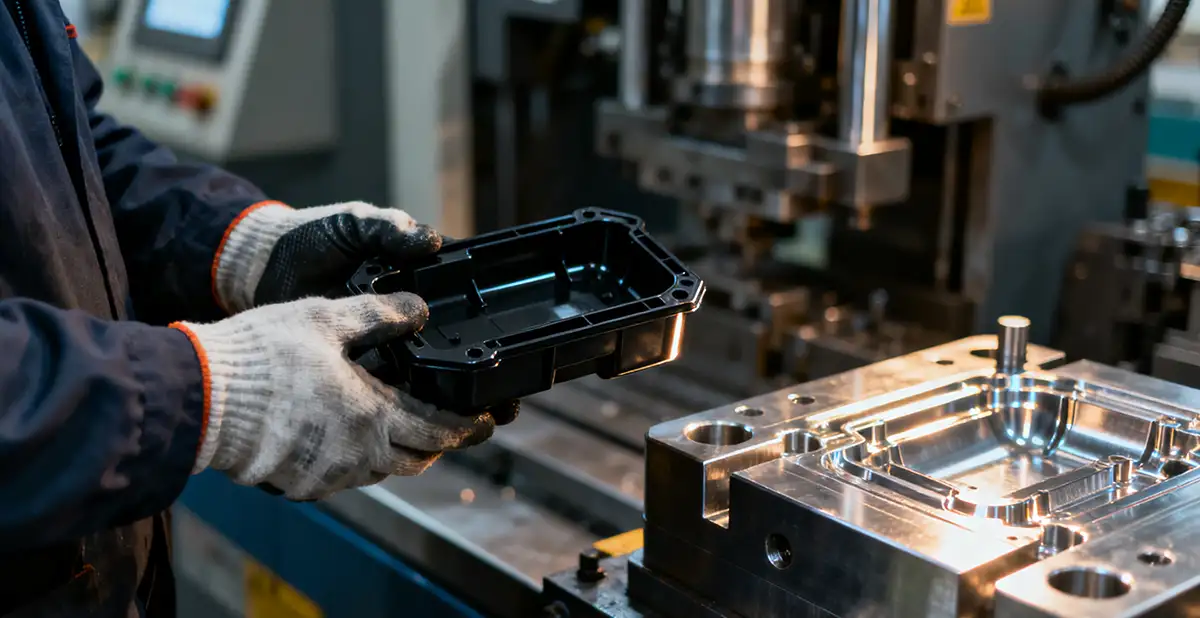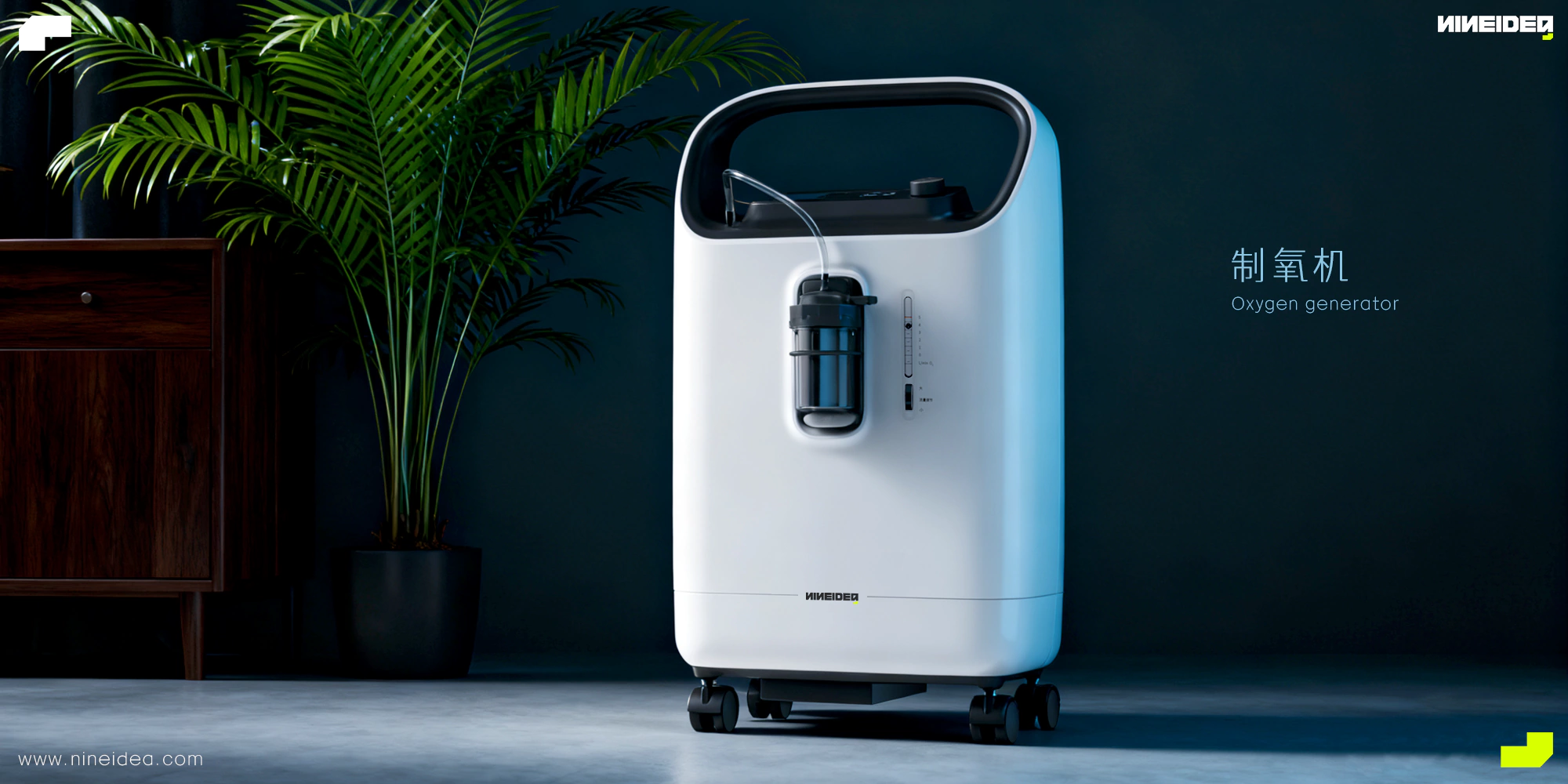NINEIDEA:尽管企业自身拥有工业设计团队,但仍选择寻求设计公司进行工业设计,主要基于以下多方面考量:
专业广度与深度
跨领域专业知识:设计公司通常汇聚了来自不同专业背景的设计师,涵盖工业设计、人机工程学、材料科学等多个领域。例如,在设计一款智能医疗设备时,设计公司不仅能从外观造型上进行创新,还能凭借材料专家的建议,选用更适合医疗环境、符合卫生标准且耐用的材料;人机工程学专家则能确保设备操作符合医护人员和患者的使用习惯,提高产品易用性。而企业内部设计师团队可能专业相对单一,难以在多领域实现深度融合设计。
行业前沿洞察:设计公司服务于众多不同行业的客户,对各行业的最新趋势、技术应用和消费者需求变化有着广泛且深入的了解。以消费电子行业为例,设计公司能及时捕捉到如折叠屏技术、环保材料应用等前沿动态,并将其融入到为企业设计的新产品中,帮助企业在市场竞争中占据先机。相比之下,企业内部设计师可能因专注于本企业业务,对外部多元行业趋势的接触和了解有限。
资源与规模优势
先进设备与技术:设计公司为满足多样化的设计项目需求,往往会配备一系列先进的设计工具和技术设备,如 3D 打印设备、虚拟现实(VR)和增强现实(AR)技术工具等。在设计复杂的产品模型时,可利用 3D 打印快速制作实物原型,直观展示设计效果,进行设计验证和优化。这些设备和技术对于单个企业来说,采购和维护成本较高,而设计公司能够通过服务多个客户分摊成本,实现资源的高效利用。
大规模项目处理能力:当企业面临大规模、复杂的设计项目,如全新产品线的规划设计时,设计公司凭借其较大的团队规模和丰富的项目管理经验,能够迅速调配足够的设计资源,组建专业的项目团队,高效推进项目进度。相比之下,企业内部设计师团队规模可能有限,在应对大型项目时可能面临人力不足、项目周期延长等问题。
创新思维与外部视角
激发创新:企业内部设计师长期在相同的企业文化和工作模式下工作,思维可能相对定式。而设计公司的设计师来自不同背景,拥有多样的设计风格和思维方式,能够为企业带来全新的创意和设计理念。例如,设计公司在为一家传统家具企业设计新产品时,可能借鉴现代艺术、科技元素或不同文化背景下的家具风格,为产品注入独特的创新活力,开拓企业的设计思路,创造出更具差异化的产品。
客观视角:设计公司作为独立的第三方机构,能够从外部客观的角度审视企业的产品。他们不受企业内部固有观念、部门利益等因素的干扰,能够更直接地指出产品在设计上存在的问题,并基于市场需求和消费者反馈提出针对性的改进建议。比如,在评估一款企业准备推出的新产品时,设计公司可能基于对市场同类竞品的深入分析,发现企业产品在功能定位或外观设计上的不足之处,从而帮助企业优化产品设计,提高市场竞争力。
成本效益考量
短期项目成本:对于一些短期或临时性的设计项目,如果企业专门扩充内部设计师团队,不仅需要支付招聘、培训等成本,项目结束后还可能面临人员闲置的问题。而选择设计公司,企业只需按照项目支付设计费用,无需承担额外的人员长期成本,有效降低了短期项目的设计成本。
风险分担:设计公司通常会对项目结果负责,在合同中明确约定设计质量、交付时间等条款。如果设计项目出现问题,如未能达到预期的市场反馈,设计公司可能需要根据合同进行修改或承担相应责任,从而在一定程度上分担了企业的风险。而企业内部设计师若出现设计失误,企业可能需要自行承担全部损失。
@NINEIDEA九号创新 www.nineidea.com
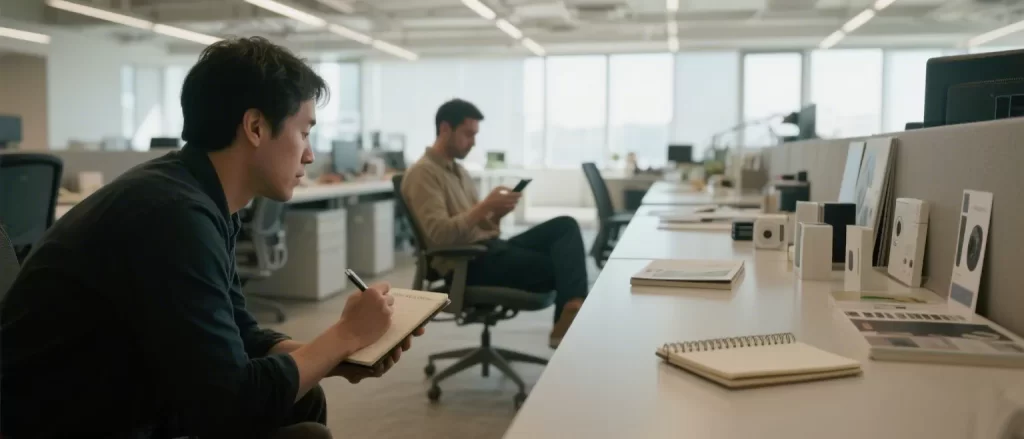
Why do companies still need to find design companies when they have industrial design teams
NINEIDEA: Although the enterprise has its own industrial design team, it still chooses to seek a design company for industrial design, mainly based on the following considerations:
Professional breadth and depth
Cross disciplinary expertise: Design companies typically gather designers from diverse professional backgrounds, covering multiple fields such as industrial design, ergonomics, materials science, and more. For example, when designing an intelligent medical device, the design company can not only innovate in appearance, but also rely on the advice of material experts to select materials that are more suitable for the medical environment, meet hygiene standards, and are durable; Ergonomic experts can ensure that equipment operation conforms to the usage habits of medical staff and patients, and improve product usability. However, the internal design team of the enterprise may have relatively limited expertise, making it difficult to achieve deep integration design in multiple fields.
Industry Frontier Insight: Design companies serve clients from various industries and have a broad and in-depth understanding of the latest trends, technological applications, and changes in consumer demand in each industry. Taking the consumer electronics industry as an example, design companies can timely capture cutting-edge trends such as foldable screen technology and environmentally friendly material applications, and integrate them into new products designed for enterprises, helping them gain an advantage in market competition. In contrast, internal designers within a company may have limited exposure and understanding of external diverse industry trends due to their focus on their own business.
Resource and scale advantages
Advanced equipment and technology: Design companies often equip themselves with a range of advanced design tools and technological equipment, such as 3D printing devices, virtual reality (VR), and augmented reality (AR) technology tools, to meet diverse design project needs. When designing complex product models, 3D printing can be used to quickly create physical prototypes, visually display design effects, and conduct design verification and optimization. These devices and technologies have high procurement and maintenance costs for individual enterprises, while design companies can achieve efficient resource utilization by sharing costs by serving multiple clients.
Large scale project processing capability: When enterprises face large-scale and complex design projects, such as the planning and design of a new product line, design companies, with their large team size and rich project management experience, can quickly allocate sufficient design resources, form professional project teams, and efficiently promote project progress. In contrast, the internal design team of a company may have a limited size and may face issues such as manpower shortage and extended project cycles when dealing with large-scale projects.
Innovative Thinking and External Perspectives
Inspiring innovation: Internal designers within a company may work in the same corporate culture and work mode for a long time, and their thinking may be relatively fixed. The designers of the design company come from different backgrounds, possess diverse design styles and ways of thinking, and can bring new creativity and design concepts to the enterprise. For example, when designing a new product for a traditional furniture company, a design company may draw on modern art, technological elements, or furniture styles from different cultural backgrounds to inject unique innovative vitality into the product, explore the company’s design ideas, and create more differentiated products.
Objective perspective: As an independent third-party organization, design companies can examine their products from an external objective perspective. They are not influenced by inherent concepts or departmental interests within the enterprise, and are able to more directly identify design issues in products, and provide targeted improvement suggestions based on market demand and consumer feedback. For example, when evaluating a new product that a company is preparing to launch, a design company may use in-depth analysis of similar competitors in the market to identify deficiencies in the product’s functional positioning or appearance design, thereby helping the company optimize product design and improve market competitiveness.
cost-benefit analysis
Short term project costs: For some short-term or temporary design projects, if a company specifically expands its internal designer team, it not only needs to pay for recruitment, training, and other costs, but may also face the problem of idle personnel after the project is completed. By choosing a design company, companies only need to pay design fees according to the project, without having to bear additional long-term personnel costs, effectively reducing the design costs of short-term projects.
Risk sharing: Design companies are usually responsible for the project results and clearly stipulate terms such as design quality and delivery time in the contract. If there are problems with the design project, such as failing to meet expected market feedback, the design company may need to make modifications or assume corresponding responsibilities according to the contract, thereby sharing the risks of the enterprise to a certain extent. If there are design errors made by internal designers within the company, the company may need to bear all the losses on its own.
@NINEIDEA九号创新 www.nineidea.com















